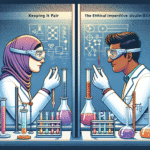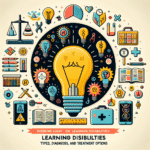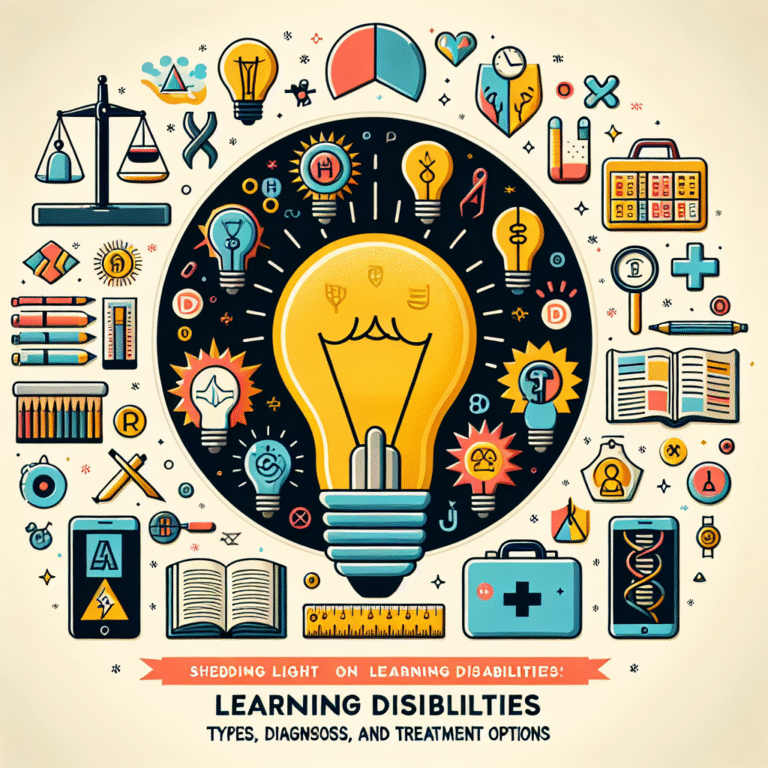
Introduction: The Power of Advocacy
In an age where inclusivity is not just desired but demanded, the journey of disability rights advocacy marks a paradigm shift in how society views and engages with disability. "Breaking Barriers: Celebrating Milestones in Disability Rights Advocacy" underscores the relentless spirit of individuals and organizations pushing for meaningful change. The importance of this advocacy cannot be overstated; it is crucial not only for those with disabilities but for society as a whole. By championing the rights of all, we foster an environment where diversity and inclusion thrive.
Understanding the Landscape of Disability Rights
The Historical Context
Disability rights advocacy has a rich history, deeply embedded in the fabric of human rights. From the early 20th century to the present day, various movements have paved the path toward equity. One of the first significant milestones was the establishment of the Disability Rights Movement in the 1960s and 1970s. Activists rallied for basic human rights, leading to the formation of organizations that sought to combat discrimination.
Key Milestones
Rehabilitation Act of 1973: This was the first piece of legislation prohibiting discrimination on the basis of disability in programs conducted by federal agencies.
- Americans with Disabilities Act (ADA) of 1990: A groundbreaking law that prohibited discrimination against individuals with disabilities in all areas of public life.
Advocacy Strategies: Tools for Change
Effective advocacy requires a multifaceted approach. Here are some strategies that have proven essential in the struggle for disability rights, each crucial to breaking barriers:
- Grassroots Mobilization: Local actions amplified through social media have elevated awareness. Campaigns like the “#NothingAboutUsWithoutUs” movement effectively galvanize community support.
- Legal Action: Court cases, such as Olmstead v. L.C., demonstrate how legal avenues can provide essential protections.
- Public Awareness Campaigns: Initiatives aimed at changing public perceptions have played a significant role. The “Disability Inclusion” campaigns witness the narrative of disability shift from one of pity to empowerment.
Celebrating Case Studies
Case Study 1: The ADA’s Impact on Employment
The passage of the ADA catalyzed significant changes in hiring practices across the United States. Research indicates that companies adopting inclusive hiring have not only seen increased diversity but also improved productivity.
Analysis
The ADA’s implementation created avenues for integration into the workforce, driving corporate responsibility. Legally binding frameworks often result in cultural shifts; thus, companies adapt to foster environments conducive to diversity.
Case Study 2: The Independent Living Movement
Originating in the 1960s, this movement dedicated itself to empowering individuals with disabilities to live independently. Centers for Independent Living (CILs) serve as models of advocacy, providing resources that facilitate autonomy.
Analysis
The Independent Living Movement emphasizes self-determination, a vital aspect of advocacy. By providing individuals the resources needed to thrive independently, these centers dismantle societal barriers.
Table 1: Key Case Studies in Disability Rights
| Year | Milestone | Description |
|---|---|---|
| 1973 | Rehabilitation Act | Prohibits discrimination in federal programs. |
| 1990 | ADA | Broad anti-discrimination law. |
| 1999 | Olmstead v. L.C. | Landmark case affirming community living rights. |
| 2010 | Affordable Care Act | Expanded Medicaid, increasing access to services. |
The Evolution of Disability Rights Advocacy
New Frontiers: Global Perspectives
Disability rights advocacy is not confined to the U.S. The UN Convention on the Rights of Persons with Disabilities (CRPD), adopted in 2006, represents a global commitment to disability rights, encouraging nations to promote inclusivity.
Recognizing Global Challenges
Despite advances, many hurdles remain. Advocacy in developing nations faces unique challenges, such as cultural stigmas, lack of infrastructure, and limited funding. Understanding these barriers is essential for formulating effective strategies.
Innovative Solutions: Technology and Accessibility
Technology has revolutionized how individuals with disabilities engage with the world. Assistive technologies—ranging from screen readers to wheelchairs—empower users, breaking down barriers that inhibit participation.
Accessibility in Public Spaces
Building codes and policies requiring accessibility are paramount. Innovations in design thinking emphasize not just meeting standards but creating environments that foster inclusivity.
Future Directions: The Road Ahead
Empowering the Next Generation
Education is the cornerstone of advocacy. Teaching future generations about disability rights inspires them to become advocates themselves.
Community Engagement Initiatives
Programs that encourage youth participation in advocacy, such as workshops and mentorships, can cultivate a new wave of leaders dedicated to the principles of inclusivity.
Conclusion: A Call to Action
"Breaking Barriers: Celebrating Milestones in Disability Rights Advocacy" is not just a historical reflection—it is a call to action. Each of us has a role in this ongoing struggle for equity. By sharing knowledge, fostering understanding, and committing to advocacy, we can collectively ensure that individuals with disabilities are seen, heard, and empowered.
FAQs About Disability Rights Advocacy
Q1: What is the goal of disability rights advocacy?
A1: The primary goal is to secure equal rights and opportunities for individuals with disabilities in all areas of life.
Q2: How does the ADA impact daily life?
A2: The ADA mandates accessibility in public spaces and prohibits discrimination in employment, ensuring individuals with disabilities can participate fully in society.
Q3: What are some ways to get involved in disability advocacy?
A3: Volunteer at local CILs, participate in awareness campaigns, or engage with organizations dedicated to disability rights.
Q4: Why is public awareness important for disability rights?
A4: Increasing awareness helps change societal perceptions, reducing stigma and encouraging inclusivity.
Q5: How can technology aid in disability rights?
A5: Assistive technology enables individuals with disabilities to navigate daily challenges, enhancing their independence and quality of life.
In celebrating milestones in disability rights advocacy, we recognize the work that has been done and the journey that lies ahead. Each small victory furthers our collective mission, reminding us that breaking barriers is not just a goal—it’s a commitment.

















